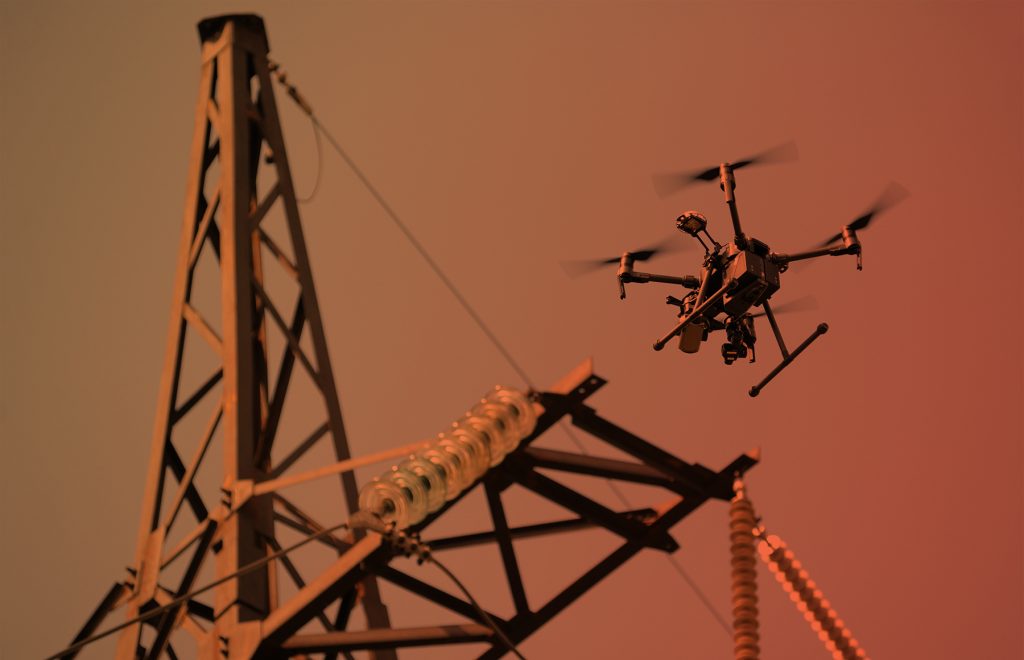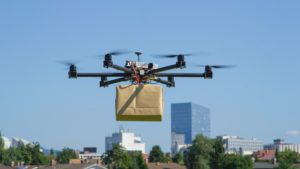This is part four of a four-part series, on drones and their liability implications, shining light on the insurance market, how to navigate the noise, and ensure that your operation is covered for the appropriate risks. See Part one, two or three. Our final instalment brings all three parts together, emphasising the need for managing drone liability.
Over the past three blog posts, we’ve been discussing the liability risks associated with drone operation, and some definitive strategies to manage it correctly. This week, we discuss some case studies for organisations big and small, stressing the need for expertise when managing liability risk.
Managing Drone Liability
In a nutshell, the liability risk of a drone is the financial exposure to the owner and operator, which may arise due to bodily injury or property damage as a direct result of flight. Pragmatically, this can be very straight forward – an injury to a bystander due to a flying drone, or it can be complex – a drone flying into a powerline, resulting in outages to a nearby town, and the financial loss of the local supermarket. Each operation, and hence, liability exposure, will be different. What remains consistent is the necessity for the correct type of liability coverage, specifically Aviation Third-Party, and a sufficient level of coverage to suit the level and complexity of exposure.
Case Study – Small Business: Aerial Photography
Let’s take a hypothetical Aerial Photography company, taking shots for Weddings, and, as a side-project, conducting Asset Inspections for a local council. Hypothetically, there are a number of potential Liability-risks that are associated with each individual contract – for Weddings, the guests’ safety, the property of the Venue, and the surrounding area, which perhaps is an open field with adjacent crops (i.e. fire would cause financial loss to the farmer) are potential exposures. For the Council, perhaps flying over a main road, surveying valuable pieces of infrastructure (inspecting a local hospital or community building) or in close proximity to populous areas are the key areas which bring about exposure.
Another consideration might be the level of liability coverage required for a specific contract. The contract for a wedding may not stipulate a level of coverage, (and thus $5 million or $10 Million coverage might be enough), however the council may stipulate a liability coverage of $20 Million.
Case Study – Large Business: Mining

When considering the implications of drones within larger businesses, particularly those where drones are one part of a much larger operation, the liability exposure remains, but becomes a little more complex. This is mostly due to an increased number of variables that encompass the business and its stakeholders.
For a hypothetical organisation contracting or employing a drone department to conduct asset inspections over a group of mine sites, there are a number of different variables that imply the organisation with liability exposure.
Some variables might include;
- Safety of employees, contractors and other stakeholders
- Surrounding infrastructure (roads & transport, local towns)
- Property, leased and owned (by the company and other stakeholders)
- Type of equipment (LiDAR, standard camera, methane detector, which can vary its )
- Environmental damage due to drone accident
- Local, state and federal governments
- Suppliers and customers
For the mining company or its contractors, this might mean an asset inspection of leased equipment, over a group of workers inside the mine, with a multi spectral LiDAR camera onboard, might need $50 million TPL, whereas a routine inspection over a building with a simple camera may require $10 million TPL.
Bringing it all together – Managing liability risk
What’s key to note with both case studies is that different operations have different variables, and thus, require different liability coverages. Whilst this seems obvious, this highlights the premise of our previous three blog posts – Drones are aircraft, and thus strict liability is associated with the owner and operator. Understanding this, whilst considering how drones fit within an organisation is a key element in providing tailored, specific coverage.
Drones are here to stay. As their value continues to be proven day in, and day out, using drones to create business insights will only continue to grow and develop. A small number of individuals and corporations, whether they be insurance companies with drone experts, drone insurance underwriters, or aviation brokers, are uniquely placed to provide sound guidance to organisations, large and small. Utilising their expertise when seeking to manage drone liability risk is of the utmost importance, in ensuring that the risks are as important as the value they bring to the table.



